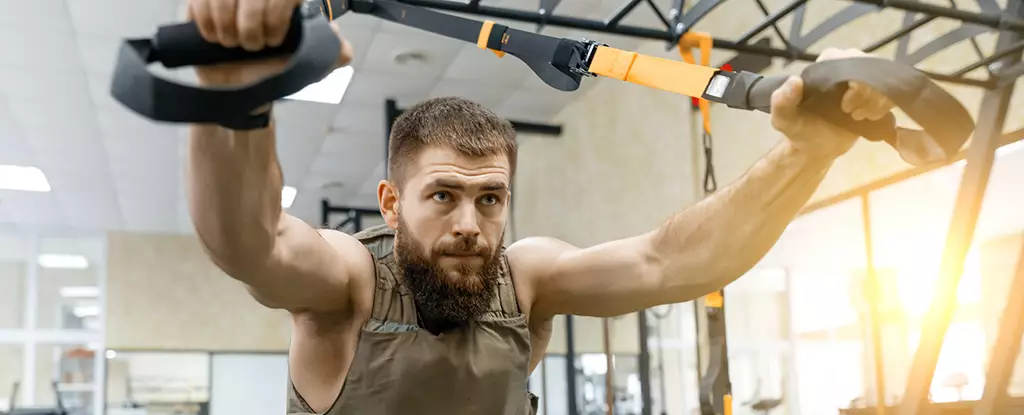Weighted vests, once a tool primarily associated with military training and fitness elites, are regaining popularity among fitness enthusiasts thanks to social media and the fitness community at large. Designed to enhance exercise effectiveness, these vests allow individuals to carry extra weight, ostensibly improving fitness outcomes. But as history suggests, this age-old practice has implications that warrant a thorough examination, particularly concerning the balance between benefits and risks.
Research into the efficacy of weighted vests can be traced back decades. An early study in 1993 involving older adults demonstrated promising results, indicating that wearing these vests during physical activity led to improved bone health, reduced pain, and enhanced physical capabilities. This study laid the groundwork for a plethora of research exploring the potential benefits of this training method.
Current studies indicate that exercising with a weighted vest indeed increases physiological demand, evidenced by heightened heart rates and oxygen consumption. A key takeaway is that adding weight equivalent to around 10% of one’s body weight tends to be effective in eliciting positive physical adaptations. Interestingly, the body does not seem to experience proportional stress increases when the weight is raised by only 5%, highlighting a threshold for optimal loading.
Biomechanics and Safety Considerations
An essential area of inquiry is the biomechanical impact of weighted vests during exercise. Recent studies show that while physiological stress increases with added weight, the fundamental biomechanical gait patterns during activities like walking or running remain intact. This suggests that runners are not significantly more at risk of lower-limb injuries when utilizing a weighted vest.
However, caveats exist. A 2018 study focusing on individuals with obesity found that 25% of subjects reported back pain attributable to wearing a weighted vest. While this was specific to a particular population, it underlines the importance of assessing individual fitness levels and potential discomfort when incorporating new training modalities.
One of the areas generating substantial interest is the potential of weighted vests to promote fat loss while preserving muscle mass. Although some studies have indicated positive correlations, such as increased fat loss and muscle development in postmenopausal women, findings are far from consistent. The complexity of weight management and the varied factors influencing fat loss makes it difficult to draw definitive conclusions about the efficacy of weighted vests in achieving these goals.
While aerobic activity, including walking or running with a weighted vest, can enhance energy expenditure, there is no consensus that it strictly leads to superior fat loss or muscle retention outcomes compared to traditional training methods.
The literature on the effectiveness of weighted vests in promoting bone health, especially among older individuals, is mixed. Some studies suggest that consistent use of weighted vests during exercise can spur significant improvements in bone density. Yet, contradictory evidence exists, indicating no definitive benefits in bone metabolism when comparing vests versus traditional exercise. The inconsistencies prompt a deeper look into individual variances, exercise contexts, and the specifics of training regimens.
For those considering the integration of weighted vests, startup strategies are crucial. Beginners should prioritize establishing a solid foundation of strength and aerobic capacity before introducing additional complexities, such as extra weight. Starting with weights that represent about 5% of body weight is advisable, with the most experienced and fit individuals potentially progressing to weights up to 10%.
Furthermore, a well-structured exercise program focusing on appropriate progression, technique, and monitoring individual response to training can help mitigate the risks associated with weighted vests. Resistance training may offer simpler and equally effective methods to achieve desired fitness goals without the added considerations of weight vests.
Weighted vests are merely one tool among countless methodologies and equipment options available to the modern fitness enthusiast. Other training techniques such as lifting free weights, using resistance bands, or performing plyometric exercises can offer similar, if not superior, benefits. Though weighted vests can enhance the intensity of traditional exercises like walking or jogging, alternative training strategies often yield comparable outcomes.
While weighted vests may have their merits, individuals should approach this tool with caution. Prioritize personal fitness levels and existing injuries and remember that the path to improved health and fitness can take many forms. The journey does not have to rely solely on a weighted vest but can be enriched through a variety of safe and effective training methods.


Leave a Reply